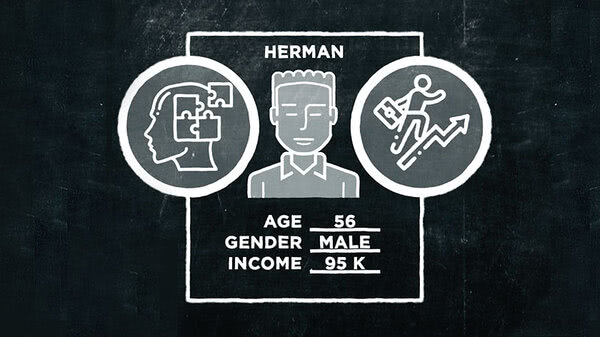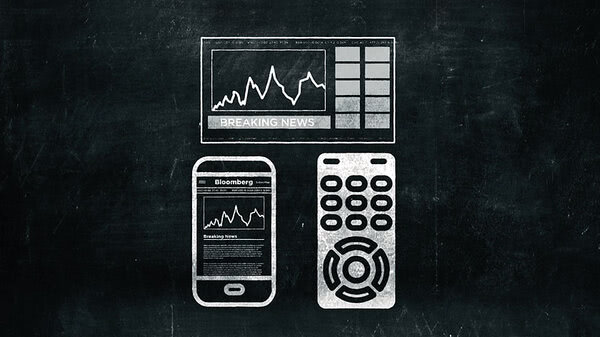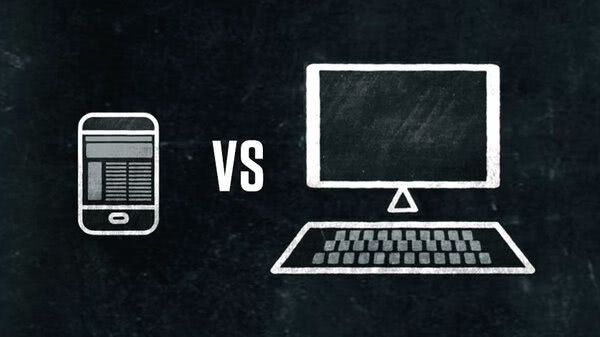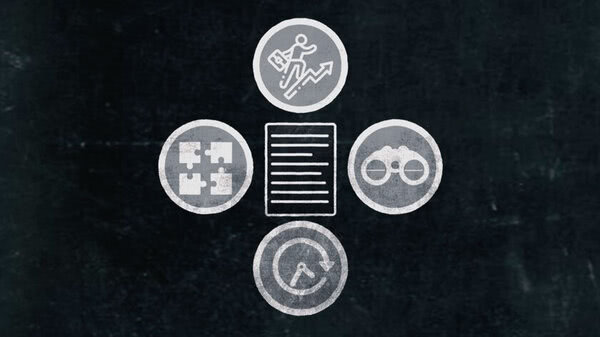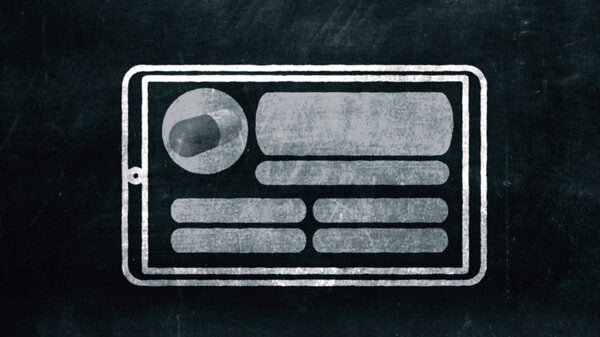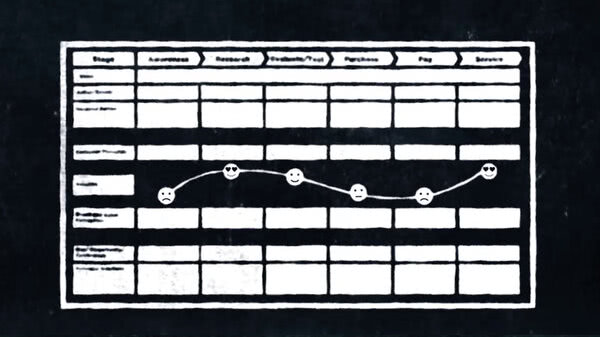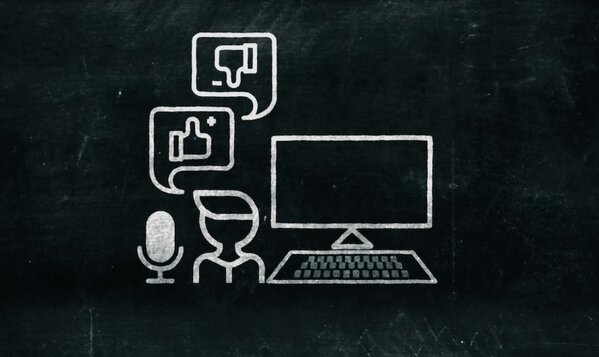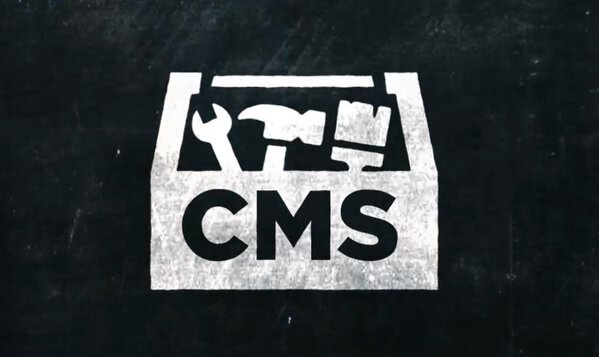All right. It's time to start making your own customer journey map. Where do you even begin?
There are two main ways to kick off the process. You can start with the research, or you can start with your best guess or hypothesis as to what your customer journey should look like.
In the research-first approach, you gather all of the existing customer information you have. Then you conduct surveys or use other primary research methods to fill the gaps.
This approach offers the advantage of objectivity. You begin with raw information and try to leave your biases behind.
The whole process can take as little as a few weeks, or as long as three months.
In the hypothesis approach, you can conduct a workshop with internal stakeholders that might last a day or two. In it, you get everybody to contribute their best ideas of what your customers' experiences are in their journeys with your brand. Beginning to end, and get it all down on paper.
Now I'm sure a lot of your eyes lit up upon hearing the second alternative. One or two days, as opposed to a minimum of weeks of research? Door number two, please. Not so fast.
The next step with the hypothesis-first approach is. . . You guessed it! Doing research to verify or refute your assumptions from the initial brainstorming session.
I know we all want to bypass research because it's so expensive and time consuming, but it's unavoidable if you want to do this properly, whether you're sifting through data that's already been collected or starting from scratch.
That's not to say that the hypothesis approach doesn't have its advantages.
For one thing, it immediately gives you a starting point and a focus for your primary research.
The disadvantage of the hypothesis-first approach is that some people on your team may be less willing to discard their initial brainstorming map when the real data comes in and conflicts with their first notion.
So how do you actually go about doing this research?
You start with any data your company may have already gathered. This is probably the least expensive option, and should also give you some leads on where else to look.
First, go to your departments that interact directly with customers, such as sales or customer service. Call center logs will probably give you an earful.
If your company requires your customers to register their product so they can avail themselves of warranty service, there may be a wealth of information there.
Particularly, if the form they filled out includes questions like how did you first learn about the Kelvinator Model 273?
If your company's website has a comment sections for customer experiences, this could be another great source of information.
If third-party vendors like Amazon or other retailers sell your product, their comment sections may also have ratings and reviews full of insights.
And of course, check out your social media pages.
If you're working for an enterprise-level business, there's a chance that some employee has trod this path before you.
Your company may have already conducted surveys, focus groups, or gathered accounts from other sources. And if your company is B2B, you'll want to talk to sales reps. These are the people who will know your customers best.
So let's say you're digging has uncovered at least some real information about customer journeys.
A logical next step is to set up a spreadsheet with stages of the customer journey or timeline across the top.
Paul Boag of Boag Research recommends five phases or stages for the customer journey--and certainly no more than seven.
If you started with the hypothesis method, your team has already come up with a format for your customer journey map.
You can fill in the category labels going down the left-hand side of our matrix, but you may also choose to leave it blank.
Let's just see what kind of data we've collected first. Next, you fill in the squares in the columns below in the different phases with whatever you've collected.
Maybe you've got direct quotes,:"Love the chart comparing features of different plans," or "No one should have to spend this long on hold!" Maybe you unearth some statistics in a prior study. 33% of our customers first heard about us on the prices, right?
Or maybe you've got a graph of customer happiness spanning four or five categories, but couldn't find the source data. Whatever you have, just put it all in there under whichever phase you think is most appropriate.
So it's a little early to be calling it a customer journey map, but let's say your beta customer matrix looks something like this.
Hmmm. So I see we've got plenty of information towards the end of our journey, mostly around the actual purchase point, but very little under the awareness or decision phases.
And while we have some data under the consideration phase, not much insight into the customer's emotional state while mulling over her choices.
Already, you've got some idea of where the biggest gaps in your customer journey are. And that's where we're going to start looking for information.
Okay, you've done your leg work. You've found and organized your existing research.
Next, the primary research begins along with some decisions.




